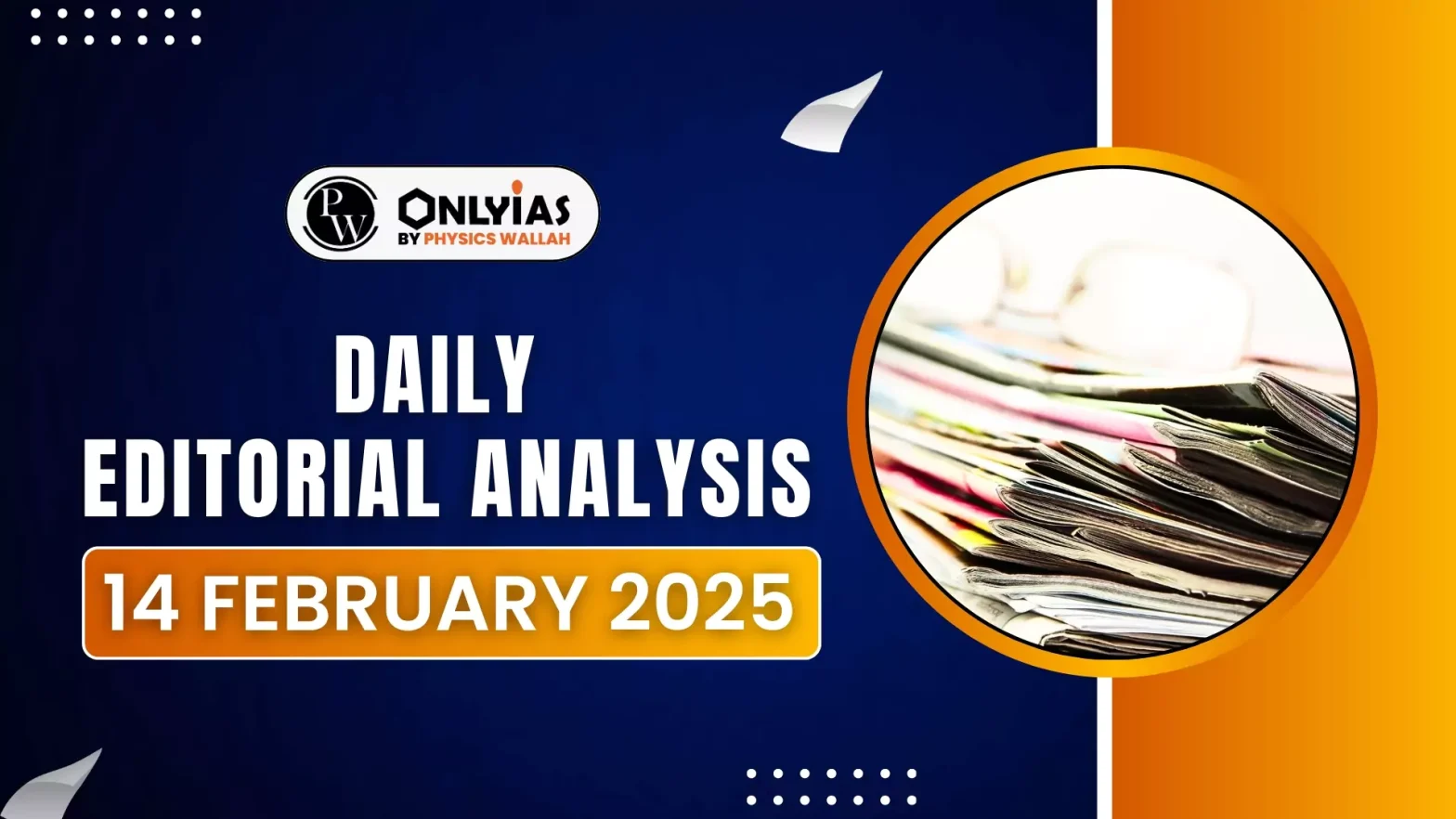Across the world, medical education is facing a strange situation. On one hand, there is a shortage of doctors, but on the other hand, governments and even medical professionals are resisting efforts to make medical education more accessible.
Rise of International Medical Students
- Rough Estimates: It is hard to know exactly how many medical students are studying outside their home countries, but estimates suggest the number is over 200,000.
- Questionable Quality: Many of these students study in countries with questionable standards of medical education. For instance, before the Russian invasion, Ukraine had 24,000 foreign medical students, many from India.
India’s Medical Education Crisis
- Paradoxical Situation: India presents an interesting case. The country faces a severe shortage of doctors, and competition for medical school spots is intense.
- Around 2.3 million students take the national medical entrance exam every year, but only one in 22 students is able to secure a place in India’s 700+ medical colleges.
- As a result, many students are looking to study medicine abroad.
- Study Abroad is Seen as an Alternative: Every year, over 20,000 Indian students go abroad to study medicine. With limited spots in Indian government colleges and high fees in private colleges, studying overseas has become a practical and more affordable option.
- Popular Destinations: Popular destinations for Indian students include Russia, Ukraine (before the war), Kazakhstan, the Philippines, China, Mauritius, and Nepal.
- Indian-Controlled Institutions Abroad: Interestingly, some medical schools abroad are run by Indian organizations. For example, the Manipal College of Medical Sciences in Nepal, the first private medical college in the country, was established in 1994 by the Manipal Education and Medical Group (MEMG) from Bengaluru.
- Example: The American University of Antigua (AUA) College of Medicine, a Caribbean medical school, which is also part of the Manipal Group.
- What Does it Say?: This reflects a growing trend of Indian educational institutions expanding globally to meet the demand from Indian students.
Challenges of Studying Abroad
- While studying abroad offers opportunities, it also comes with challenges, especially for Indian students who wish to practice medicine in India.
- Clearing Foreign Medical Graduate Exam: Students who complete their degrees overseas must pass a national licensing exam and complete a medical internship in India.
Government’s Efforts to Address the Shortage of Doctors
- In February 2025, Indian Finance Minister Nirmala Sitharaman addressed the issue of medical education in her budget speech.
- Increased Medical Seats: She announced that the government had successfully added nearly 110,000 undergraduate and postgraduate medical education seats over the last decade, an increase of 130%.
- Future Plans: Additionally, she revealed plans to introduce 10,000 new medical seats in 2026 and a goal of adding 75,000 new seats in the next five years to meet the increasing demand for qualified medical professionals.
Global Trend of Studying Medicine Abroad
- India’s situation reflects a broader global trend.
- For many years, students from Western countries such as France, Germany, and Norway have also studied medicine in neighboring countries due to limited access at home.
- Countries like Romania, Hungary, and Poland are popular destinations, with Hungary and Poland also attracting medical students from the United States.
- Thousands of U.S. students study medicine in these countries, as well as in Ireland, the Caribbean, and the UK.
Unregulated Medical Schools
- Money-Making Sector: While many students are studying medicine abroad, the system is largely unregulated. Some medical schools that cater mainly to international students are profit-driven institutions.
- Attracting Students with Courses in English: These schools often operate in non-English-speaking countries like Poland and Ukraine and offer programs in English to attract students who are willing to pay high fees.
- Impact: This creates concerns about the quality of education and whether students are receiving adequate training.
Conclusion
The issue of medical education is becoming more pressing, especially with an aging population and increasing demand for qualified doctors. More attention is needed to address these challenges and ensure that medical education worldwide meets the needs of both students and the global healthcare system.
![]() 14 Feb 2025
14 Feb 2025

